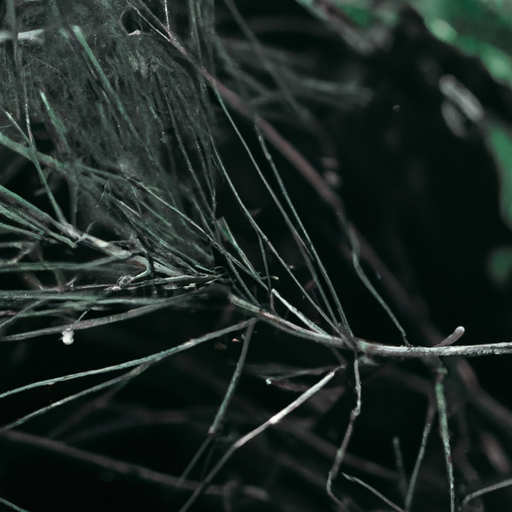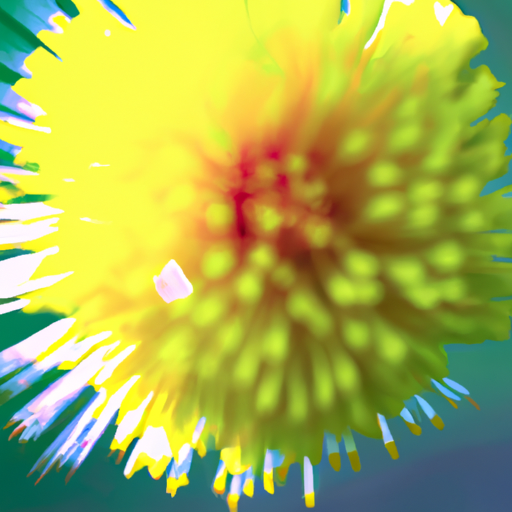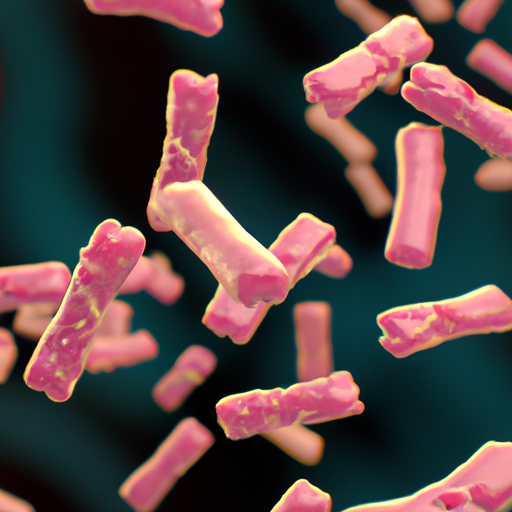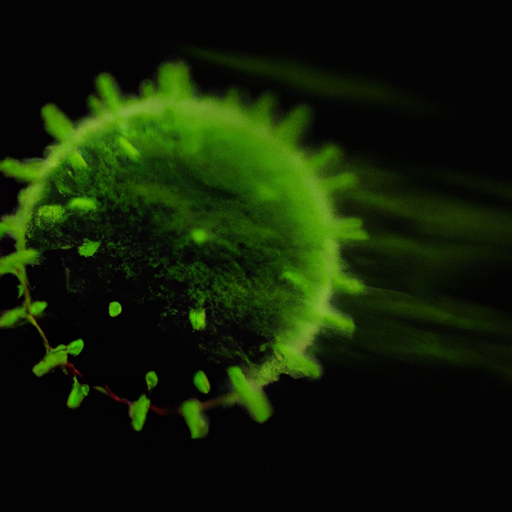Superior Canal Dehiscence Syndrome (SCDS) is a rare medical condition that affects the inner ear, leading to a range of symptoms including vertigo, hearing loss, tinnitus, autophony, imbalance, pulsatile tinnitus, nystagmus, and ear fullness. This article aims to provide a comprehensive understanding of SCDS, its causes, symptoms, diagnosis, and potential treatment options.
Understanding Superior Canal Dehiscence Syndrome
Superior Canal Dehiscence Syndrome is a condition characterized by a thinning or absence of bone in the superior semicircular canal of the inner ear. This canal is responsible for detecting head movements and transmitting signals to the brain, allowing us to maintain balance and stability. When the bone is compromised, it can lead to a variety of symptoms that significantly impact a person’s quality of life.
Causes of Superior Canal Dehiscence Syndrome
The exact cause of SCDS is not fully understood, but it is believed to be a congenital condition, meaning it is present at birth. However, symptoms may not manifest until later in life due to factors such as trauma, age-related degeneration, or changes in middle ear pressure. In some cases, SCDS can also be acquired through head trauma or surgery.
Recognizing the Symptoms
SCDS presents with a range of symptoms that can vary in severity from person to person. Some of the most common symptoms include:
- Vertigo: A sensation of spinning or dizziness.
- Hearing Loss: Gradual or sudden hearing loss, often accompanied by sensitivity to loud sounds.
- Tinnitus: Ringing, buzzing, or pulsing sounds in the ear.
- Autophony: The perception of hearing one’s own voice or bodily sounds more loudly or resonantly than usual.
- Imbalance: Difficulty maintaining balance, especially when walking or standing.
- Pulsatile Tinnitus: A rhythmic pulsing sound in the ear, often synchronized with the heartbeat.
- Nystagmus: Involuntary eye movements, typically characterized by rapid and repetitive jerking.
- Ear Fullness: A feeling of pressure or fullness in the affected ear.
Diagnosing Superior Canal Dehiscence Syndrome
If you experience any of the aforementioned symptoms, it is crucial to seek medical attention for an accurate diagnosis. A healthcare professional will typically perform a comprehensive evaluation, which may include:
- Reviewing your medical history and symptoms.
- Conducting a physical examination, including a thorough examination of the ears.
- Ordering diagnostic tests such as a hearing test (audiometry), vestibular evoked myogenic potentials (VEMP), and imaging studies like a CT scan or MRI.
Treatment Options
While there is no definitive cure for SCDS, several treatment options can help manage the symptoms and improve the patient’s quality of life. The choice of treatment depends on the severity of symptoms and individual patient preferences. Some common treatment approaches include:
- Conservative Management: In mild cases, lifestyle modifications such as avoiding triggers, reducing stress, and maintaining a healthy diet can help alleviate symptoms.
- Vestibular Rehabilitation Therapy (VRT): A specialized form of physical therapy that focuses on improving balance and reducing dizziness through exercises and maneuvers.
- Medication: Certain medications, such as diuretics or anti-anxiety drugs, may be prescribed to manage specific symptoms like vertigo or anxiety.
- Surgical Intervention: In severe cases where symptoms significantly impact daily life, surgical repair of the dehiscence may be considered. This procedure involves sealing the hole in the superior semicircular canal to restore normal function.
It is important to note that the choice of treatment should be made in consultation with a qualified healthcare professional who can assess the individual’s specific condition and provide personalized recommendations.
Conclusion
Superior Canal Dehiscence Syndrome is a complex condition that can significantly impact a person’s well-being. By understanding the causes, symptoms, and available treatment options, individuals affected by SCDS can make informed decisions about managing their condition. If you suspect you may have SCDS, it is crucial to seek medical attention for an accurate diagnosis and appropriate treatment. Remember, early intervention and proper management can greatly improve the quality of life for those living with SCDS.








